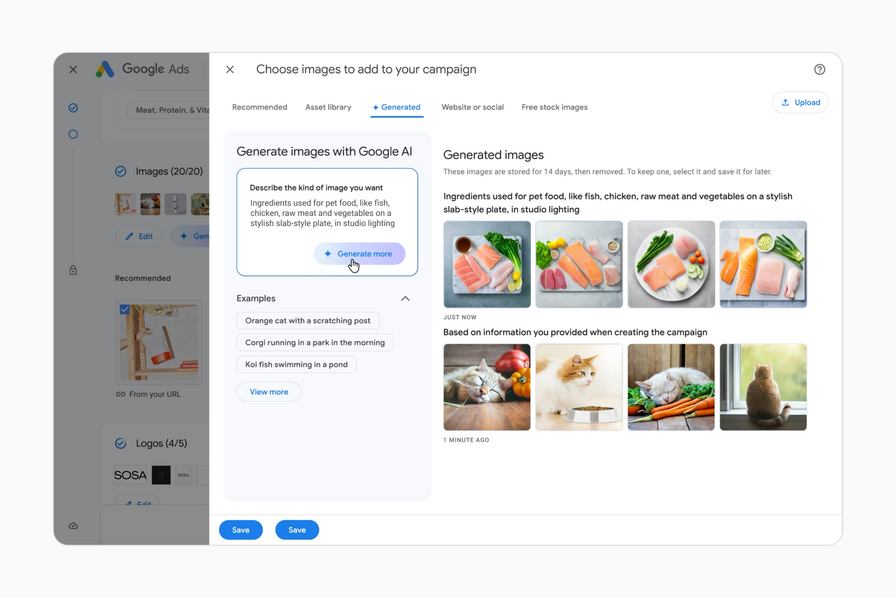Exploring the Impact of Virtual Reality on Digital Marketing Strategies
Virtual reality (VR) has come a long way since its inception, and it is now poised to revolutionize the digital marketing landscape. As technology continues to advance, marketers are constantly seeking innovative ways to engage and captivate their target audience. Virtual reality offers a unique and immersive experience that can help businesses connect with their customers on a deeper level, thus enhancing their marketing strategies.
One of the most significant advantages of virtual reality in digital marketing is its ability to create a sense of presence. By immersing users in a virtual environment, marketers can provide them with a first-hand experience of their products or services. This not only allows customers to gain a better understanding of the offerings but also helps in building an emotional connection with the brand. For instance, a real estate company can use VR to give potential buyers a virtual tour of a property, allowing them to visualize themselves living in the space and making it easier for them to make a decision.
Another way virtual reality is impacting digital marketing strategies is through experiential marketing. This form of marketing focuses on creating memorable experiences for consumers, which can lead to increased brand loyalty and advocacy. Virtual reality enables marketers to craft unique and engaging experiences that are difficult to replicate through traditional marketing channels. For example, a car manufacturer can create a virtual test drive experience, allowing potential customers to experience the thrill of driving their latest model without ever leaving their home.
Moreover, virtual reality is also helping marketers to gather valuable data about their target audience. By tracking user interactions within the virtual environment, businesses can gain insights into consumer preferences and behavior. This information can be used to tailor marketing campaigns and create personalized experiences that resonate with the target audience. Additionally, virtual reality can also be used for market research, as it allows companies to test new products or concepts in a controlled environment before launching them in the real world.
Furthermore, virtual reality can help businesses to overcome geographical barriers and reach a global audience. With the help of VR, companies can create virtual showrooms, exhibitions, and events that can be accessed by users from anywhere in the world. This not only helps in expanding the reach of marketing campaigns but also enables businesses to save on costs associated with organizing physical events.
As virtual reality continues to gain traction, it is also expected to drive the growth of the influencer marketing industry. Influencers can leverage VR technology to create immersive content that showcases their experiences with a brand’s products or services. This can help in generating buzz and driving engagement among their followers, ultimately leading to increased brand awareness and sales.
However, it is essential for businesses to approach virtual reality marketing with a well-thought-out strategy. While the technology offers numerous benefits, it is crucial to ensure that the VR experiences created align with the brand’s overall messaging and objectives. Moreover, businesses must also consider the accessibility of virtual reality technology, as not all consumers may have access to VR headsets or compatible devices.
In conclusion, virtual reality is undoubtedly transforming the digital marketing landscape by offering immersive and engaging experiences that help businesses connect with their target audience on a deeper level. As the technology continues to evolve, it is expected to play an increasingly significant role in shaping the future of marketing strategies. By embracing virtual reality, businesses can stay ahead of the curve and unlock new opportunities for growth and success in the digital age.












